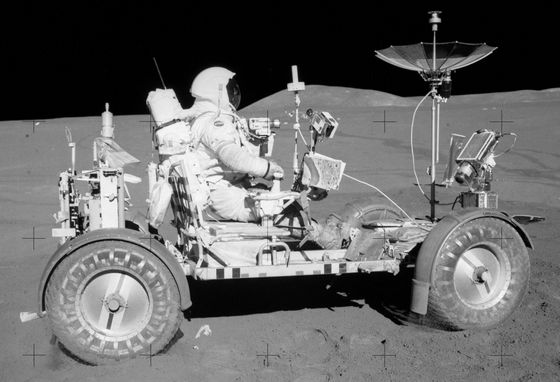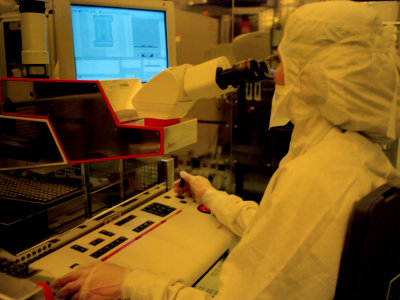What is the forgotten rival 'magnetic amplifier' of vacuum tubes?

By Doodybutch
Although it was defeated by a vacuum tube and almost no longer used, Germany suddenly adopted it for a V2 rocket and regained its rights, but this time it was defeated by a
The Vacuum Tube's Forgotten Rival-IEEE Spectrum
https://spectrum.ieee.org/the-vacuum-tubes-forgotten-rival
The mainstream amplifier circuit that amplifies and outputs the energy of the input signal is a triode vacuum tube in the old days and a field effect transistor (FET) in modern times. Regarding the signal amplification mechanism, the triode vacuum tube applies a voltage to the third pole inserted between the anode and the cathode to amplify the signal, while the FET is also connected between the two terminals, the source and drain. Since the signal is amplified by applying a voltage to the third terminal / gate, the mechanism itself of this triode and FET is very similar.
Story of FET and Triode: SUDOTECK
http://sudoteck.way-nifty.com/blog/2012/05/fet-71d4.html
On the other hand, the magnetic amplifier uses a magnetic field instead of a voltage, so it is an amplifier circuit that is significantly different from triodes and FETs. The basic structure is to connect a coil with a large number of turns and a coil with a small number of turns to a core material such as an iron core, and the coil with a large number of turns is connected to an AC circuit in series with the load to increase the number of turns. Connect a few coils to the DC circuit. When a current is passed through the DC circuit after this, the magnetic flux density inside the core material increases and the inductance rises sharply, but when a state called magnetic saturation is reached, the inductance suddenly drops and flows to the AC circuit side. The current increases and it functions as an amplifier.
According to IEEE Spectrum, the magnetic amplifier was patented in the United States in 1901 and was put to practical use by 1916 in the Alexander AC generator used for transatlantic communications. In 1920, it was sluggish due to technological innovation of vacuum tubes. After that, it was used only in a very small part such as dimmers in theaters, but during World War II, Germany made a leap in performance when using an alloy containing a 1: 1 mixture of nickel and iron as the core material. The magnetic amplifier has been restored by using it in the V2 rocket, the world's first liquid fuel missile for military use.
Magnetic amplifiers have the advantage of operating without burning out even in special environments such as high temperatures, which is not possible with vacuum tubes, and the German army continued to introduce a large number of weapons equipped with magnetic amplifiers. The United States also adopted this late after the end of World War II, and in the 1950s, the adoption of magnetic amplifiers in weapons such as automatic control devices, fire control systems, servo systems, radar and sonar equipment continued to increase, and from 1961 In the Apollo program of 1972, a magnetic amplifier was used to control the power supply and blower.

by NASA's Marshall Space Flight Center
In places other than national-scale research and development, magnetic amplifiers have created numerous technological innovations, and magnetic core memory , which was often used in the early days of computers, was also hardware that used magnetic amplifiers. In this way, magnetic amplifiers became representative of amplifier circuits, but around 1950, ' transistors ' appeared. The era in which magnetic amplifiers and transistors competed for supremacy continued, and many computers that used both magnetic amplifiers and transistors appeared, but they lost momentum before the transistors that were being improved, and in 1970 they became a standard that was rarely used. Around 1990, the magnetic amplifier was temporarily revived simply because the cost performance was good when producing the regulated voltage of 3.3V required for the ATX power supply of the PC, but the cost performance was also changed to the DC / DC regulator. It is said that it has been defeated and has become an existence that is rarely seen in modern times.
Related Posts:
in Hardware, Posted by darkhorse_log







